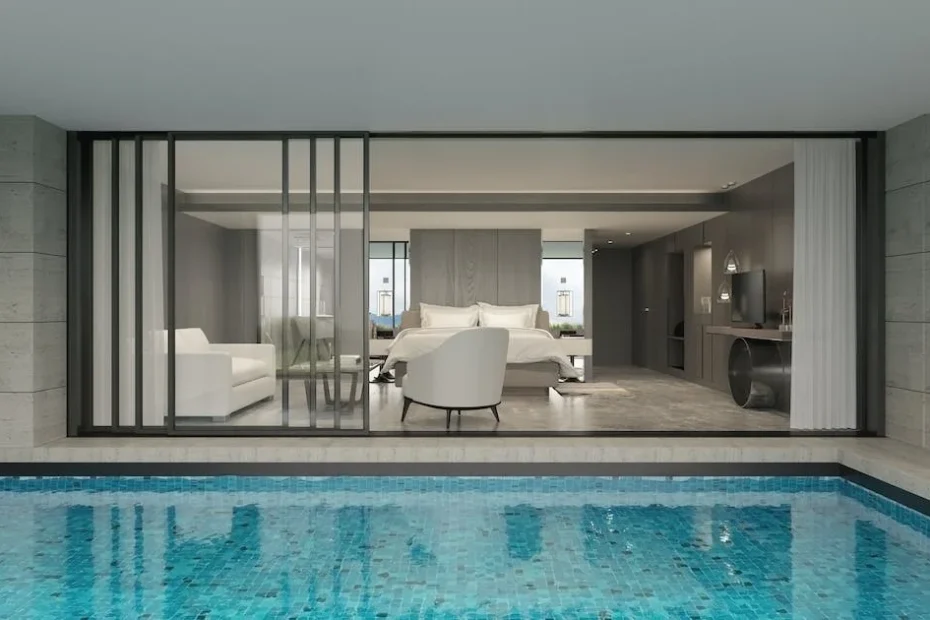Introduction
Swimming pools are valuable additions to any home or commercial property. Yet, as delightful as they may be, pools can also be significant consumers of energy if not adequately designed. Energy-efficient pools not only significantly reduce energy usage and maintenance costs but also contribute to a more sustainable environment. This article will explore the essential factors and methods for designing energy-efficient pools.
The Importance of Energy Efficiency in Pool Design
Our reliance on non-renewable energy for daily life contributes to the increasing threat of climate change. Energy-efficient pool design is therefore more than saving money – it is also about making an important contribution to the global effort to reduce energy consumption and greenhouse gas emissions. Moreover, it promotes the successful integration of creative designs with modern technology to optimize performance while reducing energy usage.
Effective Pool Insulation
One of the guiding principles when designing an energy-efficient swimming pool is effective insulation. Thermal insulation protects the pool from the effects of cold weather, preserving the water temperature and reducing heating costs. This can be achieved by installing a pool cover which reduces evaporation – a key factor in heat loss. Furthermore, strategic insulation of the piping can help minimize thermal energy loss in transit from the heater to the pool.
Smart and Efficient Pool Pumps
Traditional pool pumps often operate at a single speed regardless of the task, leading to unnecessary energy consumption. Variable-speed pumps, on the other hand, automatically adjust their speed based on the pool’s needs, thereby optimising energy usage. The reduction in energy consumption can be as much as 90% compared to a conventional pump, offering significant financial savings over time.
Incorporating Solar Heating
Harnessing the sun’s energy to heat your pool is an excellent way to promote energy efficiency. Solar pool heaters work by pumping the pool’s water through solar collectors, where it is heated by the sun before returning to the pool. Although the initial cost of installation can be high, the long-term energy savings are substantial. Plus, solar power is a renewable energy source, making it an environmentally-friendly option.
Energy-Efficient Lighting
Swimming pool lighting is necessary for safety and aesthetics but can also be a significant contributor to energy consumption. Moving away from incandescent and halogen lights to LEDs can render substantial energy savings while also improving the overall pool lighting effect. LED lights consume less energy, generate virtually no heat, and last longer than traditional pool lights, making them a smart choice for energy-conscious pool owners.
Optimized Pool Design and Construction
The very design and construction of the swimming pool can play a role in its energy efficiency. The pool’s size, shape, and orientation should be considered in the design phase, with an emphasis on minimizing surface area to reduce evaporation. Furthermore, utilizing smart construction techniques and energy-efficient materials can significantly enhance the pool’s energy performance.
Conclusion
As we struggle with escalating energy costs and the environmental impact associated with excessive energy consumption, energy-efficient pool design is increasingly becoming a priority. By combining effective insulation, energy-efficient pumps, solar heating, LED lighting, and smart design and construction methods, it is more than possible to create a beautifully designed swimming pool that delivers enhanced performance while minimizing its energy footprint. Indeed, designing energy-efficient pools presents an exciting challenge that brings together creativity, technology, and sustainability for the benefit of all.
